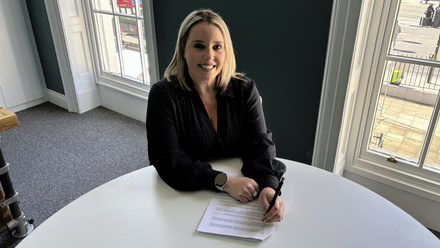Report calls for 'queering' of public space
The document calls for a fresh approach to planning and design to ensure cities are both safer for LGBTQ+ people and better mark and celebrate queer heritage in public places.
The report suggests that attention to the scale of mass buildings, lighting features, colours and façades of buildings, as well as the addition of curvilinear aspects to buildings, are among design techniques which can help promote inclusion, and through passive surveillance, prevent hate crime.
It recommends that LGBTQ+ inclusion and safety should be incorporated into equality impact assessments – particularly when there is a loss amenity for these communities – while designers should consult with marginalised communities when designing spaces.
The report also says LGBTQ+ heritage must be 'highlighted and preserved' to help people understand more about queer experiences and communities, adding that this may 'help undermine hostility and misunderstanding which continues to be widely expressed towards these groups'.
Ammar Azzouz, a designer at Arup and associate at the University of Oxford, said: "The cities we live in are made of layers of history and memory. Through cultural heritage sites, memorials, statues, streets' and buildings' names, we read the story of our cities spatially. But often the history and struggle of queer communities is absent from this story. We need to break this silence and to face this absence with innovative and creative ways to make our cities more inclusive."
This article originally appeared on Architects' Journal






